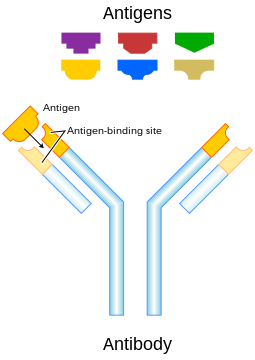A liposome is an artificially-prepared vesicle composed of a lipid bilayer. The liposome can be used as a vehicle for administration of nutrients andpharmaceutical drugs. Liposomes can be prepared by disrupting biological membranes (such as by sonication).
Liposomes are composed of natural phospholipids, and may also contain mixed lipid chains with surfactant properties (e.g., eggphosphatidylethanolamine). A liposome design may employ surface ligands for attaching to unhealthy tissue.
The major types of liposomes are the multilamellar vesicle (MLV), the small unilamellar vesicle (SUV), the large unilamellar vesicle(LUV), and the cochleate vesicle.


